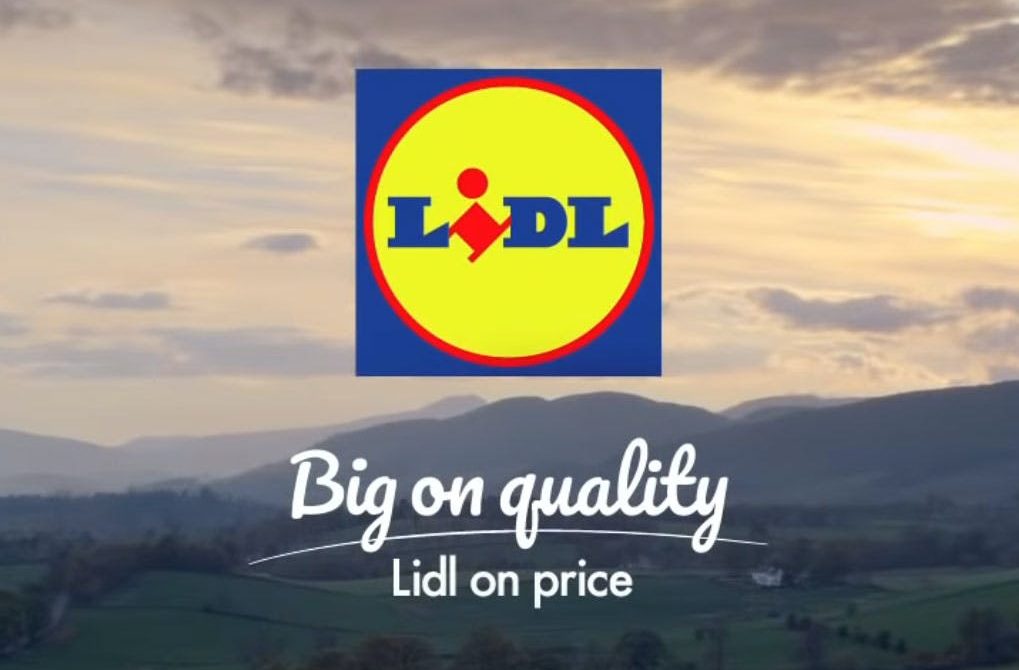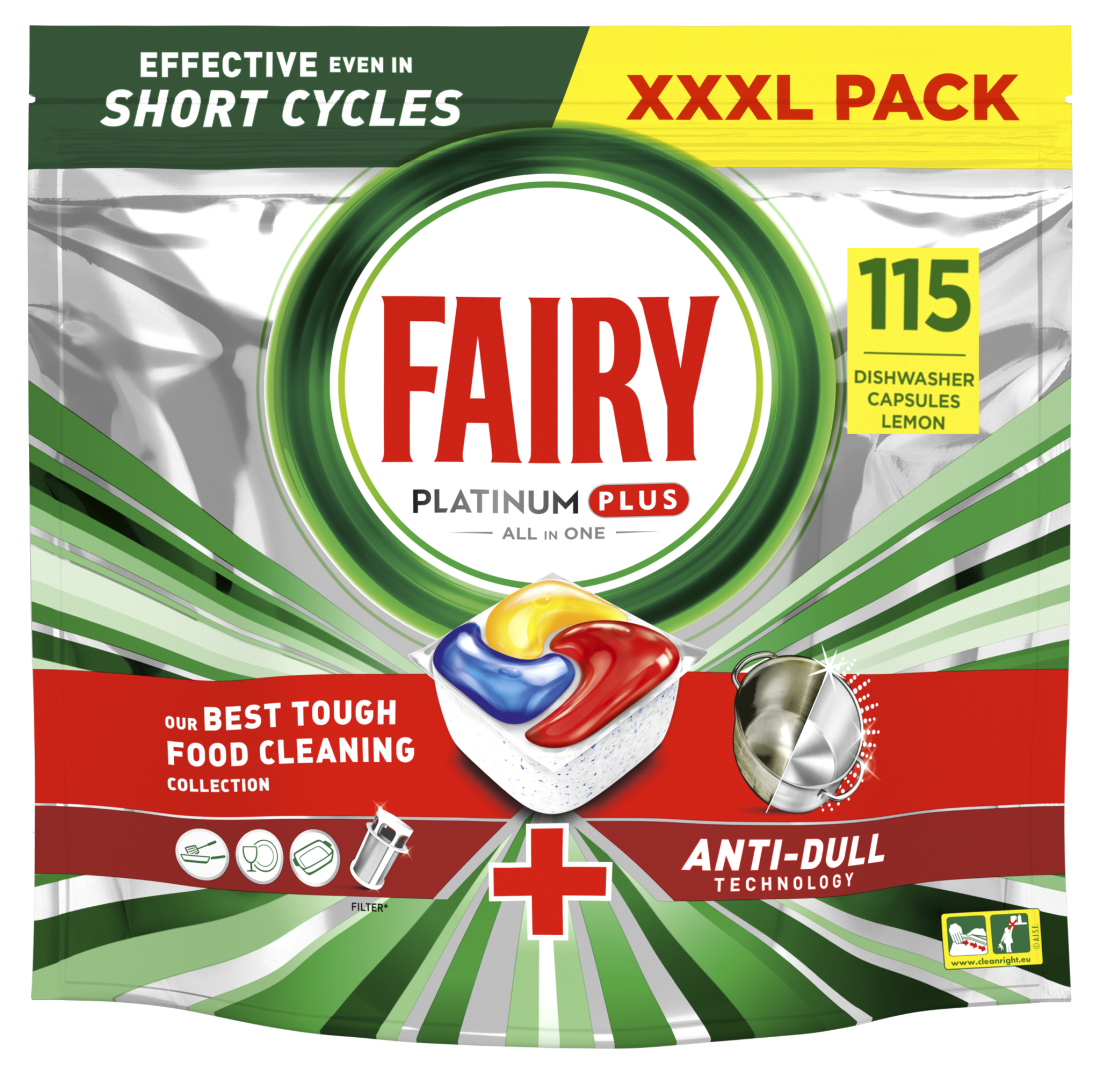As the UK battles the highest 12-month rate of inflation since tracking began in 1997, the worry from shoppers about the pending recession is strong. CPI Inflation is expected to rise more than forecast in the May 2022 Report, from 9.4% in June to just over 13% in 2022 Q4!
In collaboration with Relative Insight, a text analytics company, we’ve published our 2022 report on Navigating a Financial Crisis: The Impact on Shoppers and How Brands Can Add Value. This report looks at what shoppers are saying online using technology that enables us to visualise text data and determine what brands can do when shoppers stop spending!





